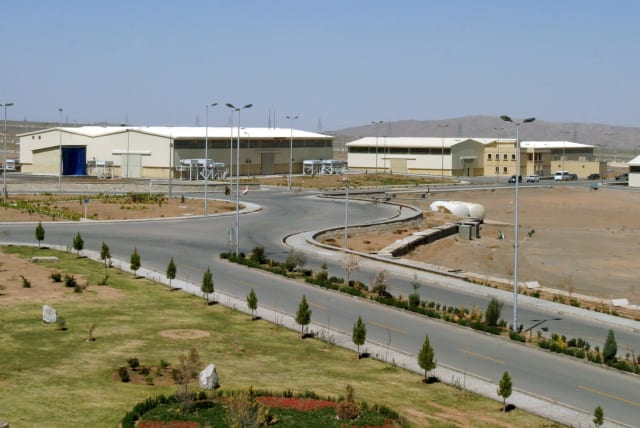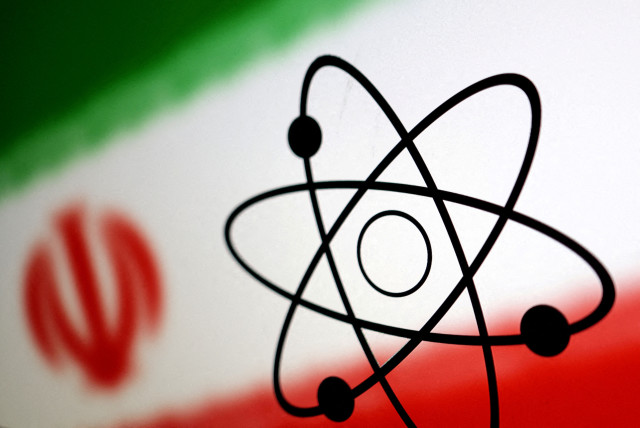Not all Iranian nuclear sites restored cameras, monitoring - IAEA

Iran's stock of uranium enriched to up to 60% has continued to grow and is now roughly enough for two nuclear bombs, one of the two confidential quarterly reports to member states showed.
The UN nuclear watchdog has re-installed only some monitoring equipment originally put in place under the 2015 nuclear deal with major powers that Iran then ordered removed last year, the watchdog said in two reports on Wednesday seen by Reuters.
The re-installed equipment is a fraction of what the International Atomic Energy Agency had planned to set up to improve its surveillance of Iran's nuclear activities, as the IAEA said it had agreed with Iran in March in a bid to defuse a standoff between both sides over Iran's cooperation.
The limited progress described in the reports did, however, include the installation of real-time enrichment monitoring equipment on the only lines of centrifuges enriching uranium to up to 60% purity, near weapons grade, at Natanz and Fordow, a senior diplomat said.
At the same time, Iran's stock of uranium enriched to up to 60% has continued to grow and is now roughly enough for two nuclear bombs, one of the two confidential quarterly reports to member states showed.
Iran has been pressing ahead with its enrichment program, which it has been progressively expanding and accelerating, including at its underground Fordow site which was developed in secret and which may have been built inside a mountain to protect it from potential air attack.
The 2015 Iran nuclear deal imposed strict limits on the types of centrifuges Iran could use and where as well as the purity it could enrich to and the amount of enriched uranium it could hoard, in exchange for the lifting of international sanctions against Iran.
After then-President Donald Trump pulled the United States out of that deal in 2018 and re-imposed sanctions, Iran breached and moved well beyond the deal's nuclear restrictions, to the point IAEA chief Rafael Grossi has called the deal an "empty shell" and diplomats say there are scant chances of reviving it.
One IAEA report on Wednesday said Iran now had 114.1 kg of uranium enriched to up to 60% and in the form of uranium hexafluoride (UF6), which can easily be enriched further - an increase of 26.6 kg from the previous quarter.
About 42 kg of uranium enriched to 60% is what the IAEA calls a "significant quantity," defined as "the approximate amount of nuclear material for which the possibility of manufacturing a nuclear explosive device cannot be excluded."
Why did the IAEA investigate Iranian Uranium?
A senior diplomat has cautioned, however, that in practice it would take more than 55 kg of uranium enriched to 60% to make one bomb because some material is wasted during enrichment.
In addition, Iran's total stockpile of enriched uranium continues to grow and is now 23 times the 202.8-kg limit imposed by the 2015 deal, at 4.7 tonnes, the report said.
The IAEA also reported that after years of investigation and lack of progress with Iran on explaining uranium particles found at three sites, Iran had given a satisfactory answer on one of them to explain the presence of uranium particles there.
While the particles could be explained by the presence of a Soviet-operated mine and lab there and the IAEA had no further questions, a senior diplomat said, the IAEA's assessment remained that Iran carried out explosives testing there decades ago that was relevant to nuclear weapons.
The added monitoring equipment included surveillance cameras at a site in Isfahan where centrifuge parts are made, one report said. The other added that the IAEA "awaits Iran's engagement to address" issues including the installation of more monitoring equipment and the two remaining sites where uranium particles were found.
Jerusalem Post Store
`; document.getElementById("linkPremium").innerHTML = cont; var divWithLink = document.getElementById("premium-link"); if (divWithLink !== null && divWithLink !== 'undefined') { divWithLink.style.border = "solid 1px #cb0f3e"; divWithLink.style.textAlign = "center"; divWithLink.style.marginBottom = "15px"; divWithLink.style.marginTop = "15px"; divWithLink.style.width = "100%"; divWithLink.style.backgroundColor = "#122952"; divWithLink.style.color = "#ffffff"; divWithLink.style.lineHeight = "1.5"; } } (function (v, i) { });

